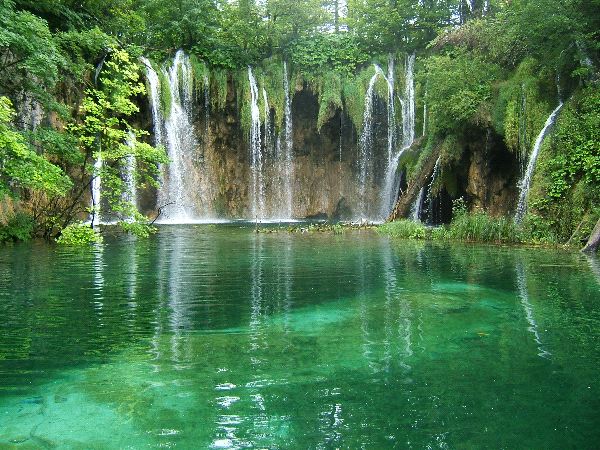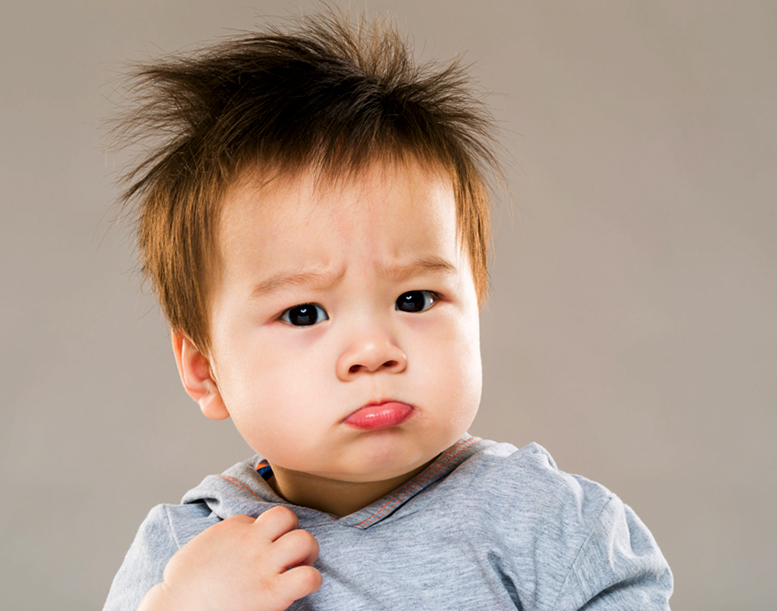8 Environmental Limits that the Philippines may be Exceeding
Jul 29, 2015 • Koko Campiglio

Jul 29, 2015 • Koko Campiglio
Before delving into the serious, infuriating, and seriously infuriating topic of eco-awareness and Mother Nature’s limits, take a break with this:
Ok. Feeling amped? Feeling hyper? Good. You’ll need it.
We live in a culture that justifies the destruction and degradation of our environment with the spirit of “progress”. Advances in science and technology, and the continuation to do so, doesn’t mean that we can wash our hands clean of the damage we cause. Would you continue to live in a house that is being eaten away at by termites before slowly turning to dust? I hope not.
The world is in peril and if it’s in peril, so are we. For the longest time, Mother Earth has been able to cope with all the “progress,” but we are now seeing signs of her faltering. Even signs of her lashing out against us.
As you can see in the chart made by TED:
The boundaries may seem too large for our country to have that much of an effect, which is a very short-sighted but common way of seeing things. If you see the number of other ways we’ve gone past the limits of our environment, and add that to all the other countries who are doing the exact same thing, you realize that in the grand scheme of things we’re a major contributor to this grand mess.
So, how many ways are we breaking the Philippines’ environmental limits?
One day they will all be gone, unless we do something to prevent it.
According to Conservation International, the Philippines is one of the most biologically rich and diverse countries in the world. Unfortunately, a lot of the habitats of our animals are located in our forests. As we lose more of forests, we lose more of our native species. A majority of them are threatened and endangered, and soon enough they’ll all be gone.
Where will we be then?
In the last few years, our country has survived some terrible, terrible weather; from intense heat waves to life-taking storms. A lot of people will go out of their way to deny it but Climate Change is the effect of Greenhouse Gas Effect. This is caused by carbon dioxide emissions comes from the burning of fossil fuels and the manufacture of cement. The pollution in our cities may not be as bad as other Asian countries, but it’s getting there.
The country’s Carbon Dioxide Emissions are currently at a level of 90.78M, up from 84.85M a year ago. This is a change of 6.99% from that point and is scarily rising with every year that passes. Hand in hand with this is the rapid loss of trees due to deforestation, cutting our environment’s ability to process carbon dioxide into oxygen.
The eutrophication of the Potomac River is evident from the bright green water, caused by a dense bloom of cyanobacteria.
The introduction of these elements to the world’s crops and ecosystems causes hypertrophication, which is the ecosystem’s response to the addition of artificial or natural substances. To put it simply, the more we add these elements to ecosystems, the more damage we cause.
This brings with it a boatload of issues to the aquatic ecosystems.
These elements cause a decrease in water transparency (increased turbidity), color, smell; water treatment problems, dissolved oxygen depletion, increased incidences of fish kills, loss of desirable fish species, reduction in harvestable fish and shellfish, and a decrease in the perceived aesthetic value of the water body.
Chemical fertilizers, detergents, and other products are introduced into the air and sewage, multiplied by the number of people using them, causing incredible damage to the aquatic systems. This is probably the best time to remind you that the Philippines is an archipelago, and all of our islands are surrounded by water. If something happens to our water supply, the entire country would be in deep trouble (pun intended).
Ocean acidification is caused by CO2 in the atmosphere. Everything is connected.
Numbers aren’t necessary to drive home this point: almost all bodies of water in Manila (or any highly urbanized area) are filthy and downright nasty. It isn’t an uncommon sight to see people doing their “business” into these creeks, rivers and lakes, tossing their garbage, doing their laundry.
All is not lost, and it might not be too late to turn things around. The trick is to start thinking of Mother Earth as our home instead of just the place where our homes are located in. Awareness of non-ecofriendly habits are the first step to curbing them.
Who knows, maybe humankind won’t be too late in repairing all the damage we’ve subjected our planet to.
What do you have to say about how the Philippines is racing towards the country’s environmental limits? Leave a comment and share your thoughts with us!

Input your search keywords and press Enter.
